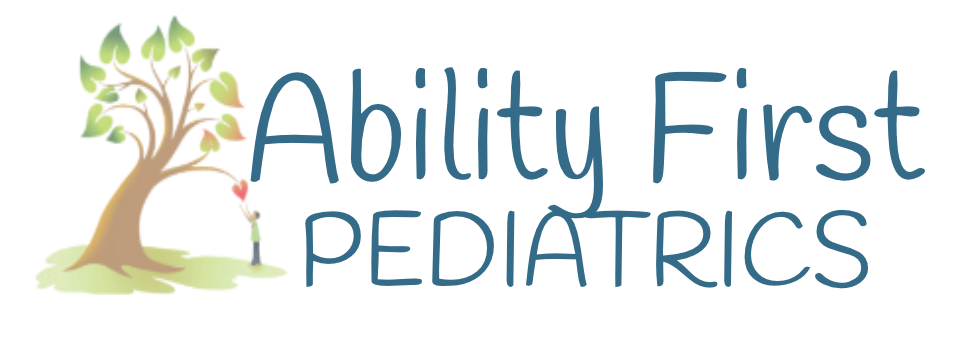Nature's Classroom: Gross Motor Activities to Make the Most of Your Camping Trip
A lot of people go camping as a way to relax and to spend time together with family and friends but there are a lot of great developmental benefits from camping as well! Research strongly suggests that being outside is good for the mental health of people of all ages as it helps with stress relief and is rich in developmental opportunities for children. As a pediatric occupational therapist, I see firsthand the direct impact that the decline in outdoor play has on behavior and overall development of young children – and as a mother of two little boys, I can tell you of the instant benefits for the entire family when we go outside, even if it is a short trip to the mailbox!
Camping allows for a lot of new experiences in a variety of developmental areas, including gross and fine motor activities, sensory exploration and activities of daily living (ADLs) such as eating and sleeping. You can go on a nature hike or scavenger hunt to collect treasures. The different sights, sounds and smells are awesome opportunities for sensory exploration as well as language development as you talk with your child about what is going on around them. There are opportunities for strengthening by squatting to look at or pick up objects, climbing over obstacles such as fallen logs or rocks, stomping on fallen leaves, and jumping over puddles.
Being outside naturally invites a person to participate in movement and motor activities which engage the proprioceptive part of our sensory system. Proprioceptive input is the push or pull on our muscles and joints that tells us where our body parts are in space without having to look at them. The activities that give us proprioceptive input are generally calming and organizing to our mind and body. One great way to get this input is through a nature-themed obstacle course. Other skills that are addressed include self-efficacy, problem solving, and communication as they help build and complete the course. As they navigate the obstacles, they are working on their balance, strength, ability to follow directions, and developing safety awareness by taking risks.
Some items that can be used to create an obstacle course include:
Line up sticks parallel to jump or step over
Make leaf mounds to jump over
Make a path to run along - rake a path in fall leaves, shovel a path in the snow
Place rocks for stepping along the course; can arrange them in a curvy pattern or different shapes
Balance on a sturdy log
Stomp on fallen leaves
Bear walk while placing hands and feet on targeted leaves
Fishing is another common activity while camping that addresses a variety of skills that we as occupational therapists focus on, including attention, fine motor, proprioception, eye hand coordination, bilateral coordination, standing balance, and patience while waiting for a fish!
Climbing a tree gives great proprioceptive input, and works on developing safety awareness by taking risks. A fun game can be climbing a tree to place acorns for the squirrels!
Constructing a kite from two sticks, tape, string and a plastic bag by winding the string around a short stick. Flying it will address proprioception, fine motor skills, and bilateral coordination.
Stacking firewood is an example of a chore that gives proprioceptive input; and the fire will be needed for the s’mores that will be made at night! Making s’mores is a delicious way to work on following directions, sequencing, and tolerating different textures on their hands and in their mouth!
Thank you for reading today! I hope that you found some of these ideas fun and interesting and we would love to see photos and/or videos of your children doing some of these activities on our Facebook page! Feel free to share any additional ideas you may have when camping or just playing outside!





